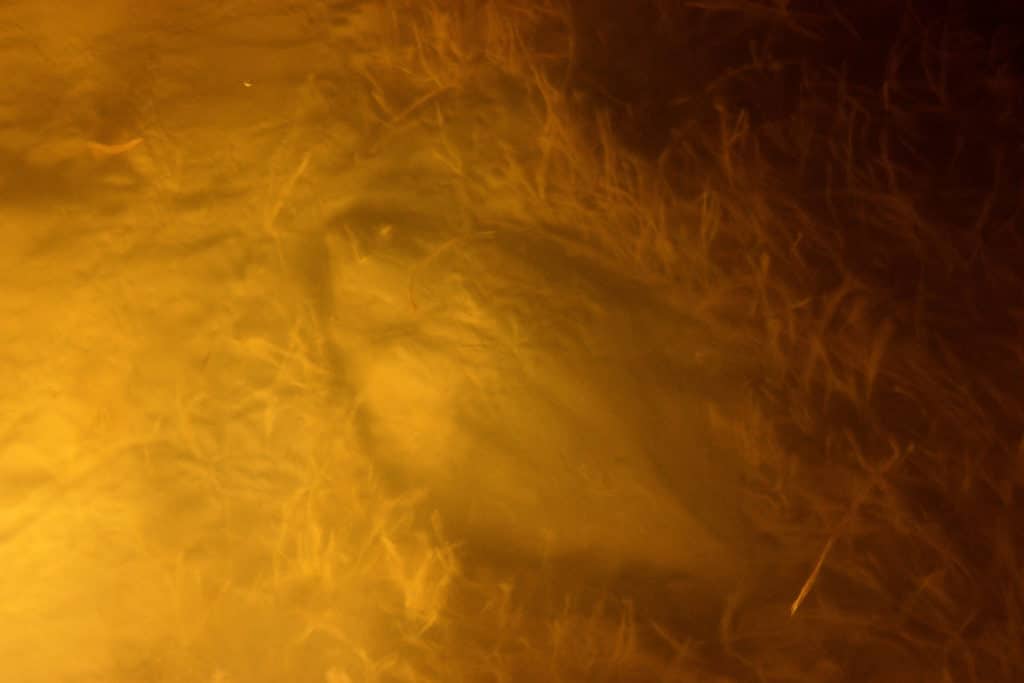
The familiar thump of a flounder’s strike sent shockwaves up my line and chills down my spine. Nothing hits quite like a trophy flounder, and after counting to three, I set the hook knowing this was a big one.
After making several runs, including under the boat, the thick 22-inch fish slid into the net, making for a perfect start to a late winter morning. Yes, late winter.
Winter continues through March 20. The last four weeks of the chilly season and the first month of spring signal a second prime time for catching flounder along the Gulf of Mexico coastline.
Better known as a fish of the fall, due to its mass migration to Gulf waters to spawn in November, these flounder migrate back in the spring. The action can be red hot if you know where to look.
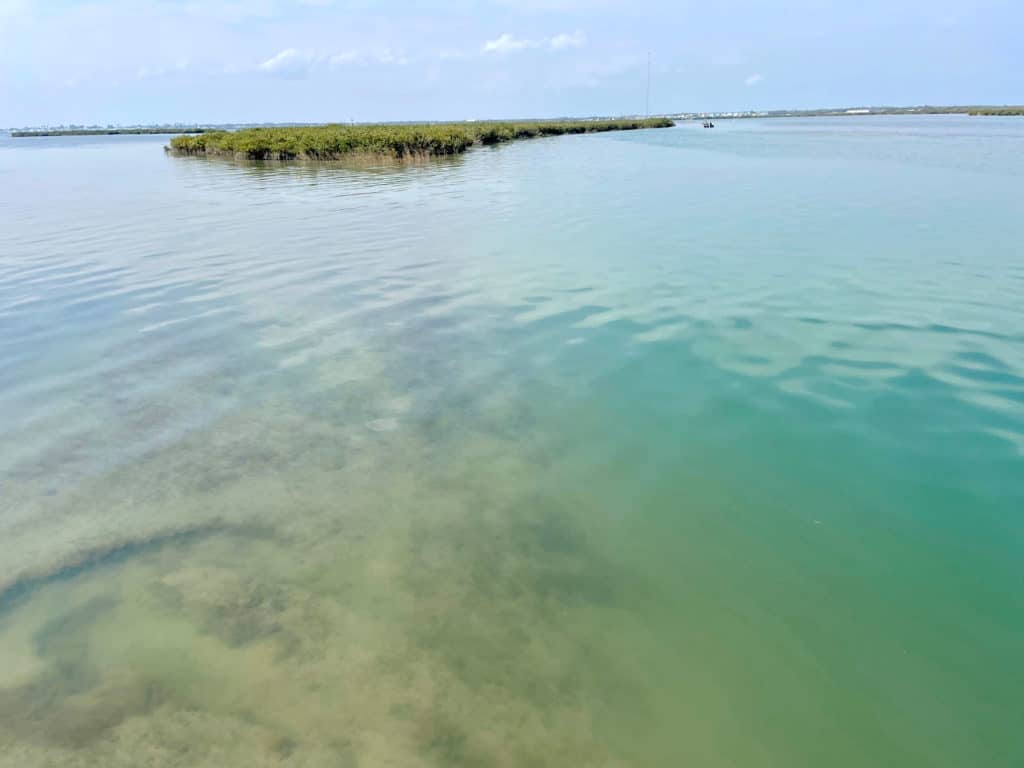
Early-Flounder Locations
The ship-channel section between a bay system and the Gulf sees the first action, and many flounder inhabit these areas all the way until the fall migration run.
Anglers should seek out flounder holds — small spots where these fish can move quickly from shallow to deep water. The ideal flounder hold is a small spot or shelf on the edge of a steep drop-off into the channel. The hold might be a 20-square-foot area in 6 feet of water that borders a 20-foot drop-off. Such vertical-relief scenarios create a specific zone where flounder can feed on baitfish. These holds produce well on outgoing and incoming tides.
The most popular bait to fish is a live mud minnow or finger mullet on a Carolina rig, but I prefer curl-tail grubs tipped with a piece of dead shrimp rigged on an ⅛-ounce jighead. Crawled slowly across the bottom, any of these presentations can draw strikes.
Another early-flounder spot to try, particularly on incoming tides, is a mudflat adjacent to deeper water. The flounder migrate in on the tide toward the shallows to feed and enjoy warmer temperatures, particularly on sunny afternoons. These muddy zones host tiny crustaceans and other marine life.
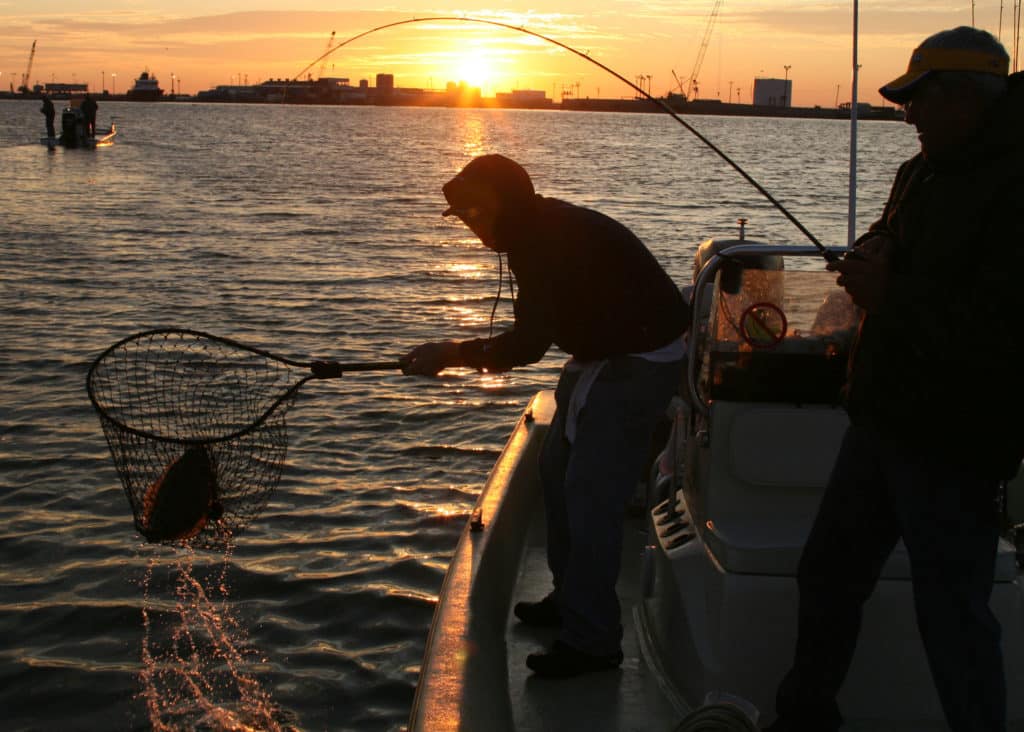
I begin my early-flounder fishing with light gear: a 6-foot, light-action spinning rod and a reel with a 5.2-to-1 gear ratio spooled with 10-pound-test fluorocarbon line. I tie on a 2-inch, smoke-colored curl-tail grub or a 2-inch shad imitation tipped with shrimp. Light gear helps because these early fish often barely grab a lure, unlike later in the year when most bites involve a more classic flounder thump. Some fish can be super aggressive, but about half of the fish I catch in spring lightly strike the lure.
If the bite is strong, I switch to a medium-heavy-action spinning rod with 30-pound braided line. The stiffer rod with the braid allows better hook penetration in the flounder’s bony mouth. I keep both rigs available.
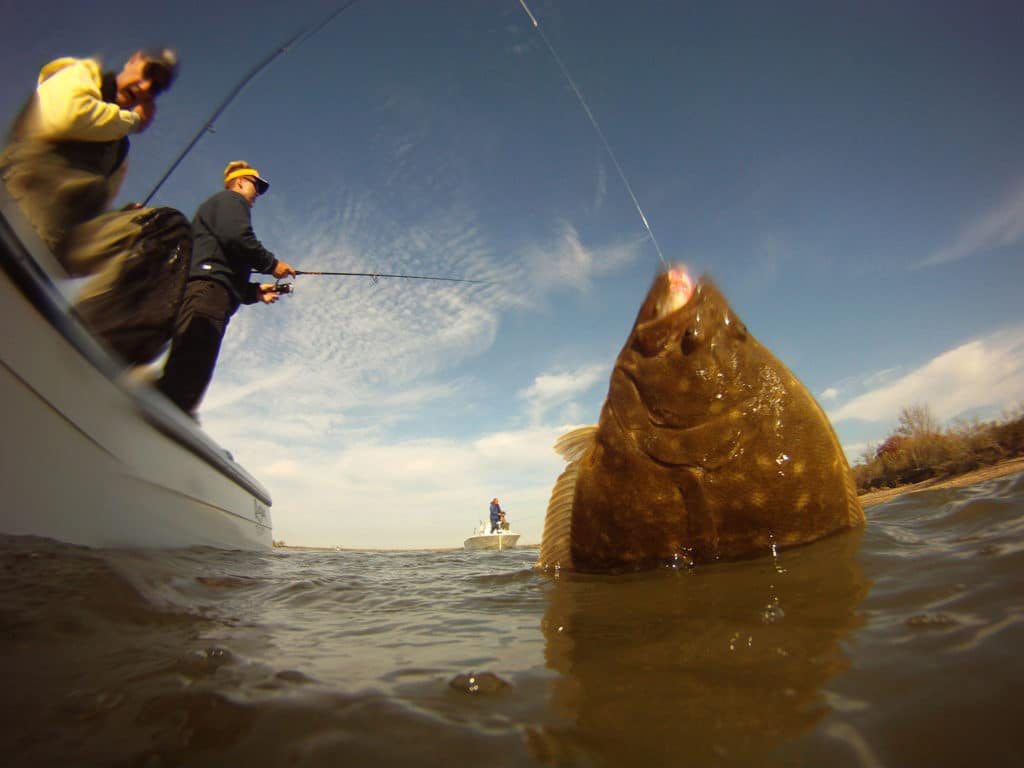
The Shift to Marshes and Bayous
As spring arrives, many flounder make their way into the marshes. Anglers can find them around the mouths of cuts. Look for concentrations of small menhaden in the eddies around the cuts. These tiny baitfish we most frequently encounter in spring can’t negotiate strong tides so they look for calmer water.
Consummate ambush predators, flounder wait at these locations and feed aggressively. Target bayous, sloughs, and other drains with concentrations of menhaden and an eddy. When tides run excessively high, seek flounder along the bay system’s main shorelines in stands of roseau cane.
Roseau cane features an intricate system somewhat like a smaller version of a mangrove, giving menhaden a place to linger, hide and dodge large predators. Fish these areas during the first few hours of a falling tide. As the water recedes, the menhaden lose their cover, and the predator action begins.
Don’t expect to catch limits of fish every trip, as you might have done during the main fall run. But you might catch your biggest fish of the year. The relatively few anglers who seek flounder during this period bag some nice ones. And the fishing only improves as the waters warm.
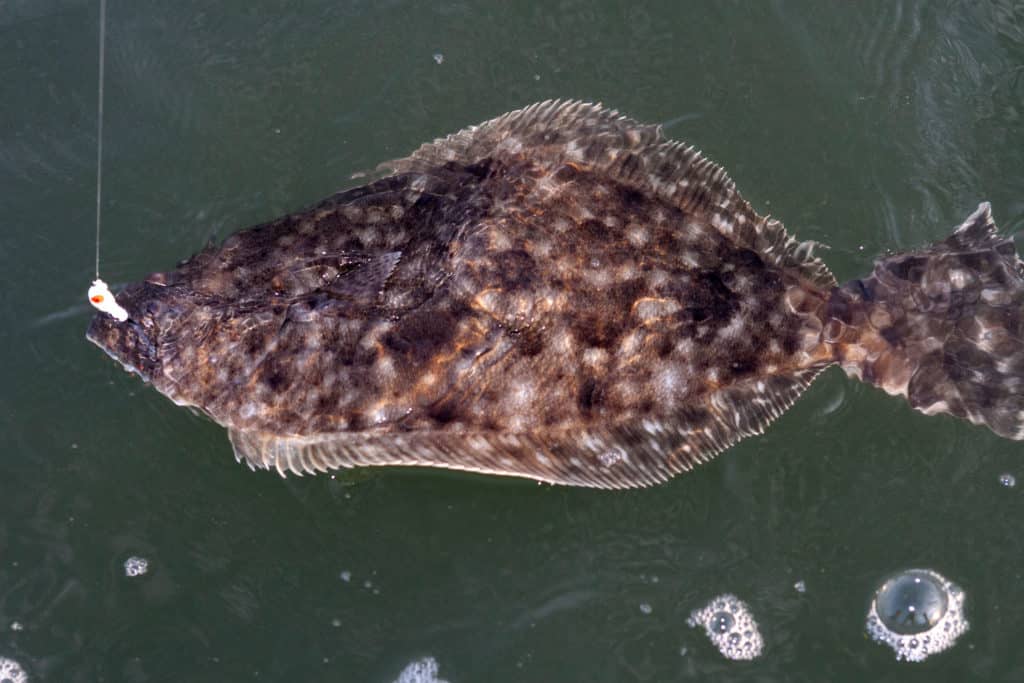
Water Clarity
Water clarity can be a major factor in catching flounder. Murky water makes for terrible fishing.
In most of Florida, Alabama and Mississippi, water conditions, except those after major rain events, remain suitable for flounder fishing. In Louisiana and Texas, however, finding good water conditions particularly in spring can be challenging.
Read Next: Top Flounder Fishing Tips
One rule of thumb I use: If you still can see your lure in 18 inches of water, stay and fish. If the lure disappears because of the murky conditions, move elsewhere. The flounder just won’t bite.
Conserving Flounder
In recent years, various issues, including warming Gulf temperatures that hinder spawning, have caused flounder-population declines. The fishery remains viable, but scientists urge anglers to release the bigger, breeding-size fish.
That’s why I released the 22-incher that I wrote about above. Since 2008, I’ve returned to the water all fish that measured more than 20 inches. Every angler should have a chance to experience that big flounder thumping their line. In the world of Gulf Coast fishing, there’s nothing quite like it.
About the Author: Chester Moore is an award-winning wildlife journalist and conservationist from Orange, Texas. He is a lifelong angler, author of Flounder Fever and was named a Hero of Conservation by Field & Stream for his efforts with the southern flounder fishery.








